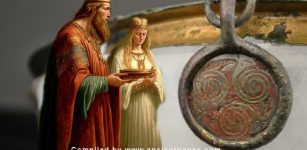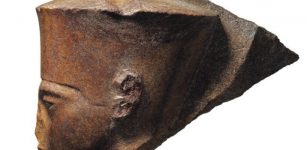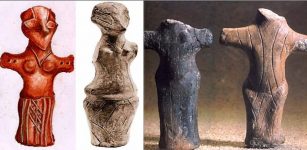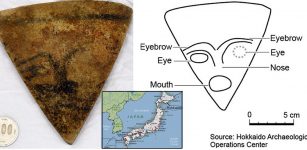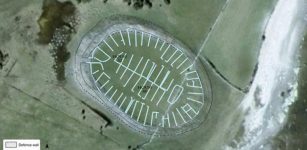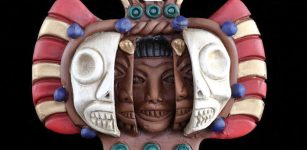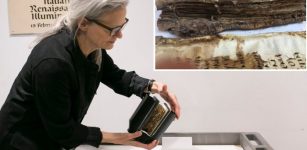Newly Unearthed Colossal Statue Probably Depicts King Psammetich I And Not Ramses II
AncientPages:com - The royal colossus unearthed a week ago in Matariya district, Cairo is probably a statue of 26 dynasty king Psammetich I and not King Ramses II as was earlier believed, reports Ahram Online.
Preliminary analysis of fragments of the gigantic statue and hieroglyphic signs suggest that it belongs to king Psammetich I (664-610 BC) during the 26 Dynasty, Khaled El-Enany, Egypt’s Minister of Antiquities, informed.
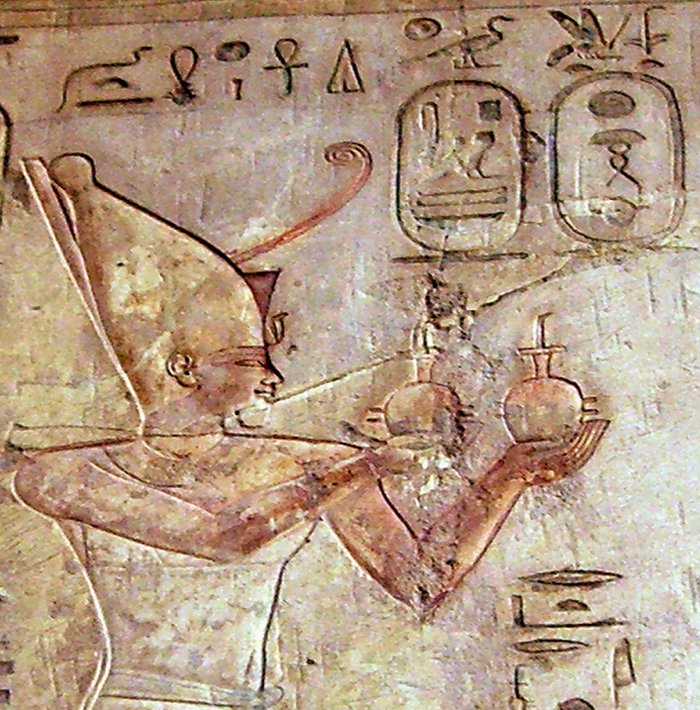
Psammetichus I adoring Ra-Harakhte - Pabasa's tomb in the Theban Necropolis - 26th dynasty of Egypt. Using the milk-jug hieroglyph in text in front of Pharaoh, (and two milk jugs in hands): "Making (offering of) Milk". Image credit: Wikipedia
Archaeologists found one of the five names of king Psammetich I, carved on the back-pillar on the statue’s torso.
"If it belongs to this king, then it is the largest statue of the Late Period that was ever discovered in Egypt." El-Enany added.
Psammetichus I (also known as Psamtik I) was governor, later king who ruled from 664–610BC in ancient Egypt.
See also:
Two 19th Dynasty Royal Statues Unearthed At Ancient Site Of Heliopolis, Cairo, Egypt
City Of Sais: Prehistoric Prestigious Cult Center Of Northern Egypt
He expelled the Assyrians from Egypt and reunited the country. He ruled (r. 664 – 610 BC) and was the first of three kings of that name of the Saite (Saitic Dynasty) or Twenty-sixth dynasty of Egypt as it was recorded in Herodotus's Histories, Book II.
The statue was carved in quartzite and originally measured about 9 meters in height. It was found under the water table, in Matariya, residential and overcrowded district of Cairo.
Archaeologists also excavated a relief that features King Ramses II with an extended right arm, performing the ritual of anointing the representation of the cult-statue of a goddess, identified as Mut, a sky goddess and great divine mother.
The temple of Matariya, known as one of the most important sites of pharaonic religion, was considered to be the place of the world`s creation by the sun-god.
More ancient monuments are expected to be unearthed in the area.
AncientPages.com
Expand for references

